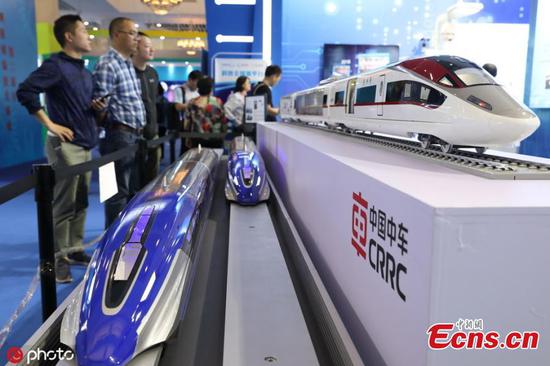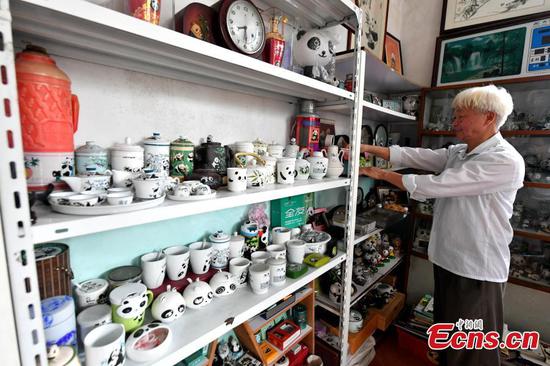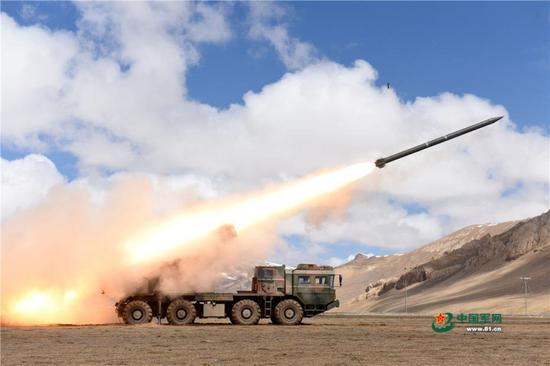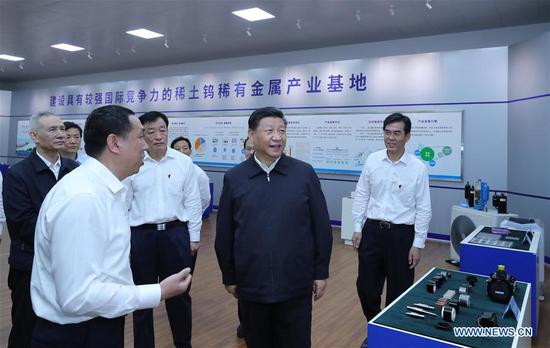Countries in Northeast and Southeast Asia reported slower growth in the first quarter of 2019 as the U.S.-initiated trade dispute weighed on trade-dependent economies in the two regions.
In the first quarter of the year, South Korea's economy shrank 0.3 percent from the previous quarter, the worst performance since the 2008 financial crisis.
The Korea International Trade Association (KITA) said in a report that the U.S. tariffs on Chinese goods are expected to inflict a reduction of 0.14 percent or 870 million U.S. dollars in the country's exports.
The report also said that semiconductor, electric equipment, steel and chemical products from South Korea hold a high percentage of processing trade, so these products are more likely to be heavily hit in the U.S.-China trade friction.
An official from KITA said in an interview with Xinhua that many South Korean companies open factories in China and they produce and sell products in the local market. They also sell products to third-party markets including the United States. He said the entire business community in South Korea is worried about trade frictions as they will inevitably be affected.
Given the huge demand of the Chinese market, the South Korean companies will not leave the Chinese market under the current difficult situation. The two countries still enjoy promising trade cooperation, the official added.
Meanwhile, a report from the Korea Institute for International Economic Policy (KIEP) predicted that the trade disputes could shed 1.36 billion U.S. dollars in South Korea's exports.
Southeast Asian countries register slower growth in Q1
Singapore's Ministry of Trade and Industry (MTI) reported on Tuesday that the country's GDP rose 1.2 percent year-on-year in the first quarter, the lowest quarterly growth in 10 years. The MTI also narrowed the GDP prospect for this year to come at 1.5 to 2.5 percent, compared with the previous 1.5 to 3.5 percent range.
The manufacturing sector, which makes up one-fifth of the economy, shrank 0.5 percent in the first three months, marking the sector's first contraction in three years.
The ministry said that contraction is attributed to the weak demand of electronics and semiconductors.
Singapore's Trade and Industry Minister Chan Chun Sing on May 14 said that although some businesses may benefit from the disruption in trade in the short term, Singapore is not immune to the U.S.-China trade dispute, and needs to prepare for possible challenges.
In addition, Thailand's GDP growth fell to 2.8 percent in Q1 2019 compared to 3.6 percent in the previous quarter. Weaker external demand for electronics and agricultural products is partly to blame.
Thailand's National Economic and Social Development Council also lowered its 2019 growth forecast from the previous 3.5 to 4.5 percent to a range of 3.3 to 3.8 percent.


















































